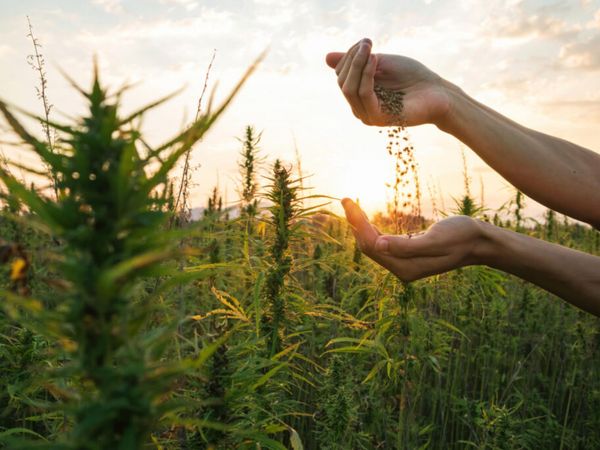
While I understand that some native animals are not everyone’s cup of tea, it is well to remember that ancient Indigenous Australia would also like things to go back to the way they were before Europeans arrived, and to “have a nice environment” (‘I don’t know where else to turn’: the grey-headed flying foxes driving rural towns batty, 22 December). Since 1900 we have destroyed an area the size of Germany of this species’ habitat and reduced them to 5% of their original number. Starvation is a big killer.
The voices heard “all night” by residents in Tenterfield, New South Wales – where a flying fox camp has settled in the trees of Millbrook Park each spring since 2019 – are bubs calling for their mum. Each mother’s single pup will be fed in the morning when she returns. That is, of course, if she can find enough nectar, pollen or fruit to eat to produce the milk she needs to feed her young.
One hundred species of native trees rely on grey-headed flying foxes for pollination and seed dispersal. These animals are vital to our ecosystems and service trees and plants every night of their lives. They have a role. What’s ours? I have five much-loved orphan grey-headed flying fox pups at home who will soon join the wild. They may visit Tenterfield one day on their migrations from Melbourne to Brisbane and back. I’d like to think they’ll be welcomed, even if they are “noisy”.
Lawrence Pope
President, Friends of Bats and Bushcare, Victoria, Australia







